Imagine a wall long 3 km, snaking down from the altitude of 1800 m above the surface, situated in natural park, where whenever you look you will see mountains and valleys, juicy green of trees and if you are lucky even a predator circling on the sky. It’s how the biggest in Europe fortification – Forte di Fenestrelle (the Fort of Fenestrelle) – looks like. It’s located in a small town Fenestrelle, 74 km from Turin.
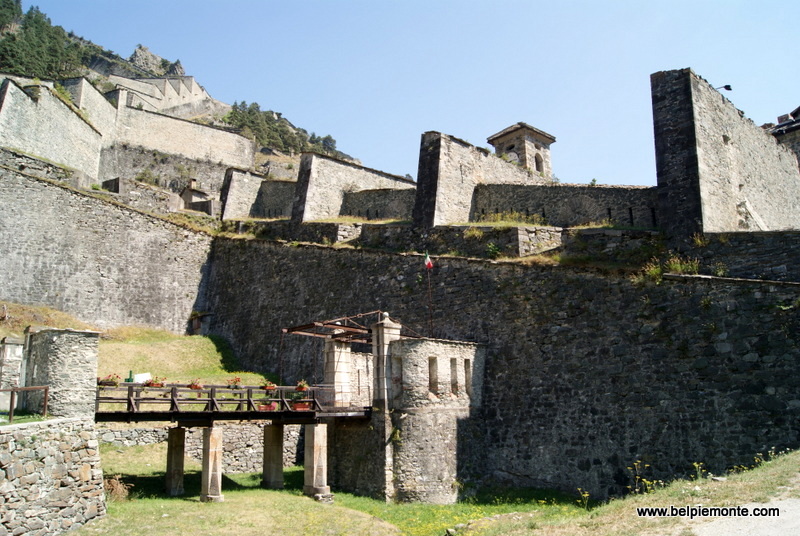
I went there during the summer time, as I was intrigued by a description and foto founded in a guide book about Piedmont. I was wandering why it’s not popular at all and why I didn’t hear about it before.

To the Forte di Fenestrelle I arrived few minutes before 3 pm, when it started the second (and the last one) in this day guided tour through the fortress. In comfortable shoes, with a bottle of water and a camera in hand I couldn’t wait to see this mysterious and unknown structure. We started our visit from the lowest level: Forte San Carlo. It was where the heart of a giant was beating and from where the orders were propagating to two other forts located inside the structure: Forte Tre Denti and Forte delle Valli. In Forte San Carlo we visited a ruined church that till the second world war was used as a deposit of artillery and a building called Padiglione degli Ufficiali that “hosted” prisoners (also political). Despite prison cells we saw huge kitchen and a food storage (one of three, as each fort had the proper one to be able to survive a long siege).


After one hour we moved up accompanied with a guide. The path was easy and pleasant, the beautiful weather and flavor of pine forest made a walk very pleasant. A guide, one of founders of organization that saved the monument from a total ruin, was telling about destination of each buildings we passed by and also about an effort that citizens of Fenestrelle put to restore the fortress.

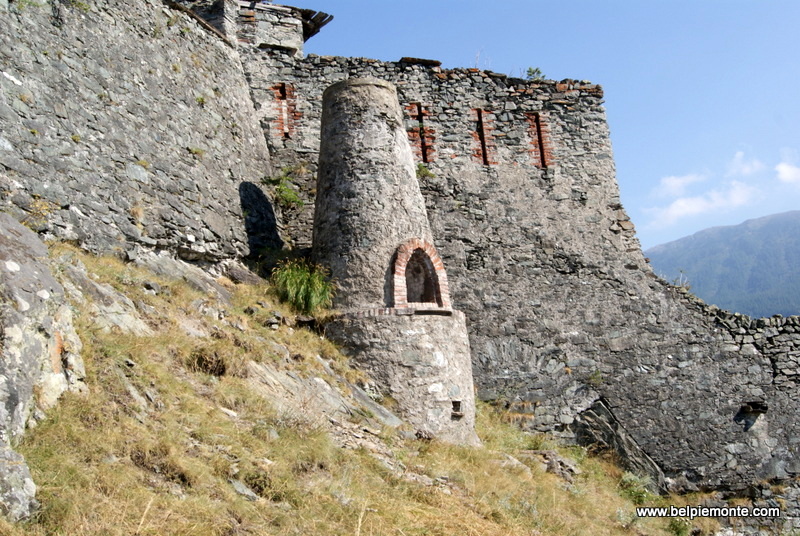
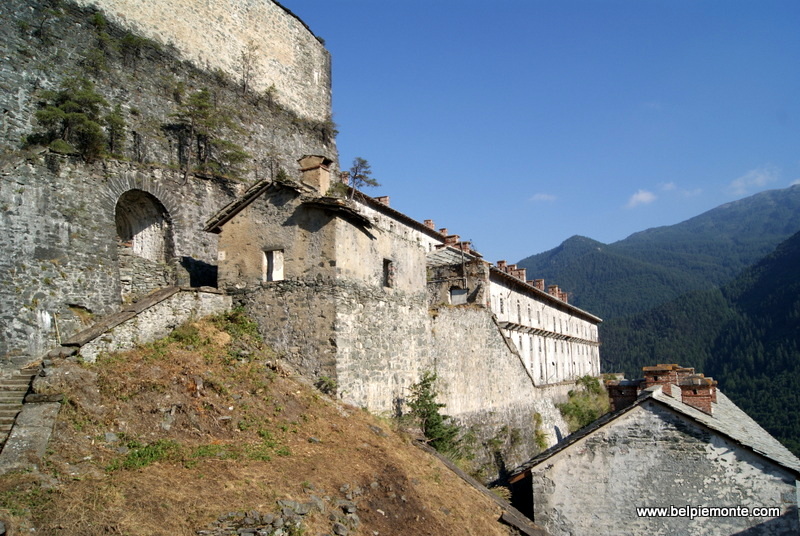
The history of the Forte di Fenestrelle is quite uncommon and sad. Its construction started in 1728, on the order of Vittorio Amadeo II, the king of Sardinia (at that time Piedmont was a part of the Kingdom of Sardinia). The fortress was supposed to defend against French army. It took 122 years to build it and what’s interesting was conducted from the top of the mountain Monte Pinaia (1800 m AMSL) downwards. Modern solutions like completely covered staircase (4000 steps ) that ensured a secure communication between three forts and the walls so thick and solid that could endure cannon fire rendered the fortress unconquerable and for all its history not even one shot was fired… Whereas till 1920 it was used as a prison (of the most sever on Apennine Peninsula) and during the period between two wars there was a deposit of artillery. After the second world war it starts the time of abandon and the giant was given over for a prey to spontaneous growing plants and thieves. At the end of the day Forte di Fenestrelle wasn’t defeated by an external enemy, but a domestic one, that’s the paradox of destiny…
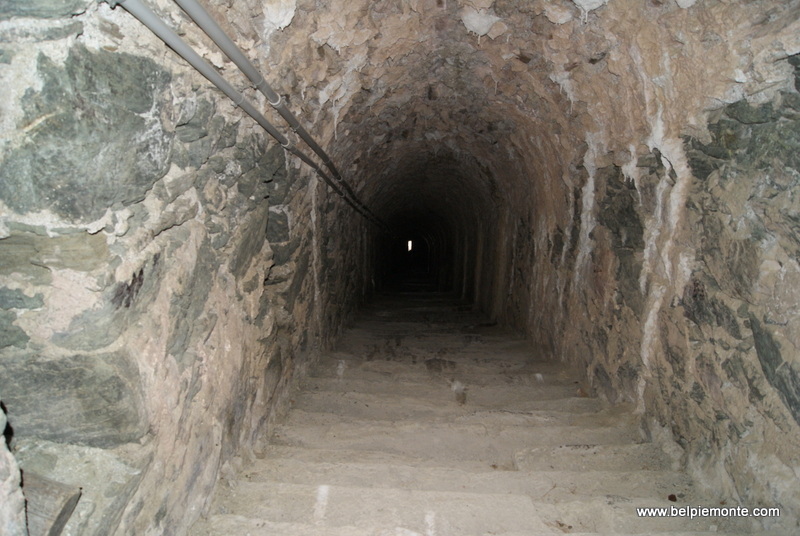
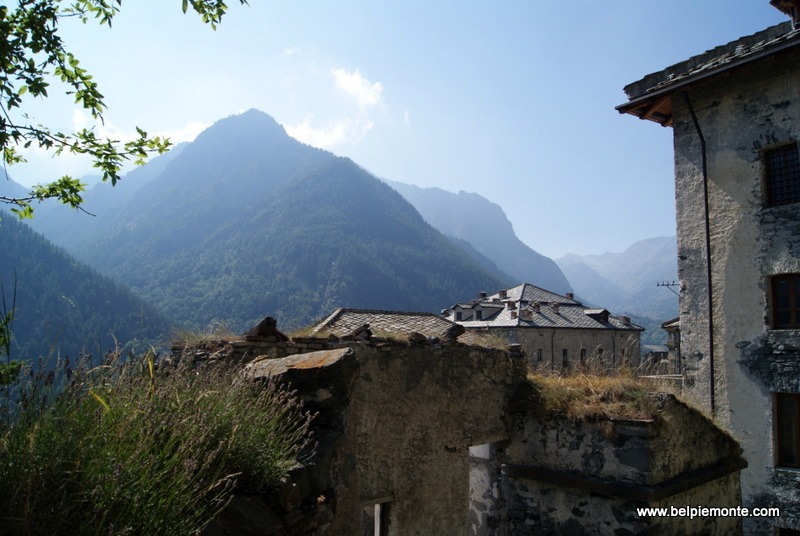
Its fait changed in 1990 when Fenestrelle’s citizens created an organization Associazione Progetto San Carlo Onlus. Their aim was to renovate the monument, to adapt it for visitors and to promote a monument as an attractive tourist sight. After nine years it became a symbol of Turin province (Provincia di Torino) and everybody can go there and admire this amazing military work, beautiful landscape or even take part in cultural events organized inside the fortress.
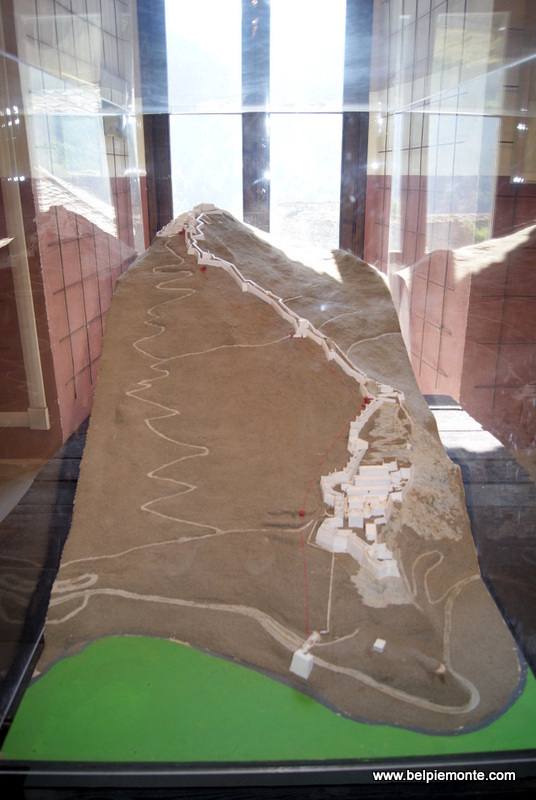
You can visit Forte di Fenestrelle in three ways:
- The shortest tour (Visita Breve) takes 1 hour and you can see only Forte San Carlo;
- The second one (Un viaggio affascinante dentro le Mura) is extended by a climbing route to Forte Tre Denti and it takes 3 hours. It’s possible to admire covered staircase and partially you walk on path outside.
- The third one called Passeggiata Reale takes 7 hours and you need to be well prepared. During this tour you will be able to visit all the forts (the last route goes via stairs called “la scala reale” that is 2 km long).
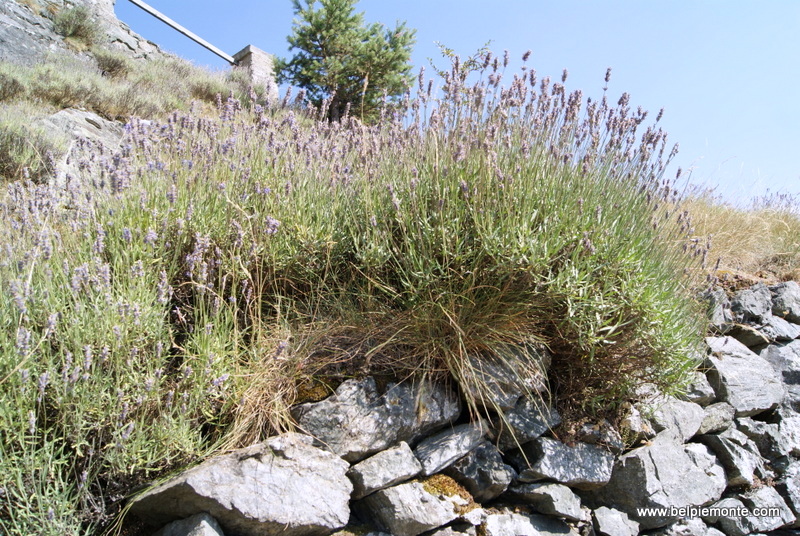
In every case the booking is needed. More information you will find on official page: http://www.fortedifenestrelle.com/
In my opinion this is definitely place worth to be seen and this is one of top tourist attractions not only in Piedmont, but also in Italy.

I was searching for some information to send about the Fortress and was delighted to find your presentation. It is the best one I have seen in English. Well done and thank you.
Thank you very much! I’m happy to hear that!
Thanks for this! It is great to find information in English. I found this fort by accident in July of 2013. We stumbled upon an amazing restaurant in the lower level, and had a spectacular lunch. There was a little cafe on the main level near the car park, but the lower level restaurant had no signage, no menus, etc. Any idea how to find out when it is open, as I will be in the area again soon. Thanks!
Hi! Thank you for your comment. What I found in my sort of map of this place is “il Café’ des Forcats, situated in the Forte – near the Church on piazza d’Armi. As I’ve read on the official webpage of Forte di Fenestrelle unfortunately now it’s closed – there was a fire December 4th 2013: http://www.fortedifenestrelle.it/ristorante.html
I hope, I was helpful.
Di tutto si è parlato nell’articolo, fuorchè del fatto che il Forte, dal 1861 è stato il primo Lager in Europa, ospitando tra le sue tetra mura, i soldati del disciolto esercito borbonico che non vollero giurare fedeltà ai Savoia, avendo già fatto solenne giuramento al loro Re, Francesco II.
Non è ancora dato sapere il numero esatto dei morti napolitani, deceduti per gli stenti ed il freddo, ma da una sommaria ricerca fatta negli archivi torinesi (è stato consultato circa il 6% dei fascicoli, come affermato dallo storico Alessandro Barberio), risultano deceduti circa una quarantina tra soldati e combattenti duosiciliani.
Una triste pagina della storia di una Italia appena unita che chiede verità e giustizia per dei crimini che nessuno ha mai pagato.
Grazie Raffaele del tuo comento e di questa informazione. La pubblico volentieri!